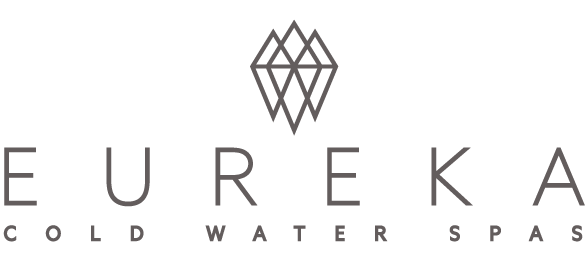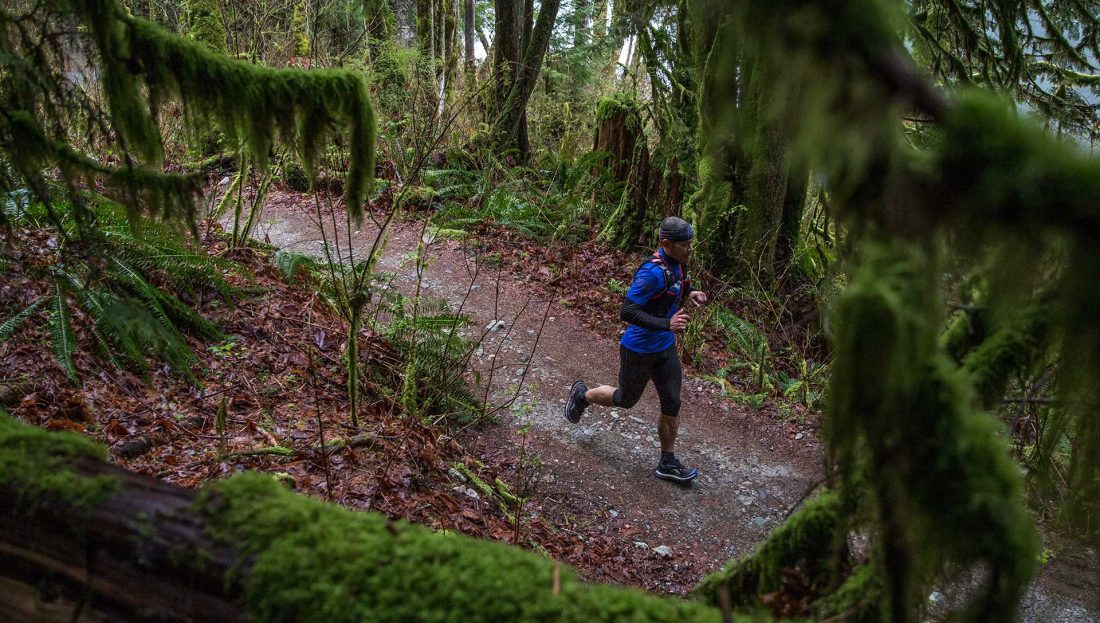Running and the Benefits of Cold Therapy
The formula for successful training in running is simple: higher workloads = greater performance gains. The key is to increase running loads while allowing sufficient time for recovery and healing between training runs.
It sounds simple, but it requires patience, and competitive runners seeking their best performances sometime push the envelope and flirt with injury. As a result, many runners also look for ways to recover faster so they can safely train more frequently. While modern technologies like ultrasound treatments and hyperbaric chambers can play a role, the tried-and-true methods runners swear by are decidedly low-tech: good food, relaxation and massage, hot tubs, saunas and, of course, cold water therapy.
Emerging evidence supports the use of cold water therapies by athletes: cold water immersion has been shown to reduce lactic acid buildup as well as delayed onset muscle soreness (DOMS)—those familiar aches and pains that arrive 24-28 hours after hard exercise to prevent the next workout; alternating cold and hot therapy improves tissue oxygenation and hemoglobin levels, and increases the range of motion in injured joints; and meta-studies of cold water therapy have shown it is “…an effective recovery tool after high-intensity exercise, with positive outcomes occurring for muscular power, muscle soreness, CK [creatine kinase, a proxy marker for muscle damage], and perceived recovery 24 hours after exercise.”
Taken together, this data supports anecdotal evidence from runners that cold therapy helps them recover more quickly and achieve their training goals.



